While I may not always be the top-notch prepper I, perhaps, should be; I do like to be prepared. In fact, whenever a storm is forecast to hit us, I’m usually one of the ones making sure we have water in the tub and a little extra food tucked away.
Hurricane Helene was forecast, at 12:30 am on September 27th, to strike Atlanta and that area. I am well over 200 miles away from Atlanta and we were supposed to get some rain and perhaps 15 mph winds. No big deal.
It turned and crushed us with absolutely no warning. At 3:30 in the morning, all I could hear was sheet metal being ripped off of our various livestock run-ins, the screams of our livestock, and trees crashing all around us. It was (and still is) bad.
Related: High-Risk Looter Places You Have To Stay Away From In A Crisis
Though we didn’t lose anyone during the two weeks our power and water were off, it was rough. Looking back, there are some items that would have been very helpful to have. While I will always tell you that hoarding just prevents your neighbors from surviving, there is nothing wrong with grabbing an extra pack or this or that. Just in case.
Today, we’ll be looking at what I wish I’d stockpiled before Helene came and ate us up. Please note that I am not in Asheville, NC but that I am in an area in Georgia that was absolutely destroyed. Asheville stood no chance no matter what they had stockpiled. We could have done better here.
Water, Food, and the Essentials 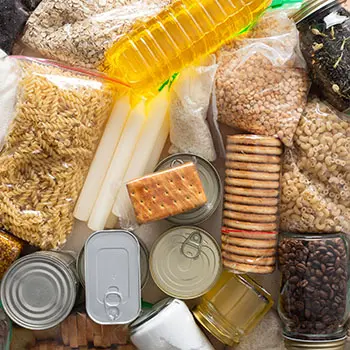
I am so grateful I paused in the store on September 26th and side-eyed the gallon jugs of water that helped keep my dogs alive. We ran out of water on Saturday instead of Friday night. Nothing was open on Friday. It was 90 degrees F. While the livestock tubs were full of water due to all the rain, the indoor pets did not have that luck.
Keeping 5-10 gallons of water on hand at all times is not a bad idea. While you can’t take all of it with you in an evacuation scenario, it can get you through those first 24-48 hours of a disaster until someone with a generator runs a hose out to the road- because local authorities certainly didn’t have water depots up until almost a week in.
Related: This Common Mistake Can Ruin Your Entire Food Stockpile
Unless you have a grill with charcoal (my preference) or some form of cooking fuel, you’ll be eating cold sandwiches and cereal. Bluntly, freeze a loaf of bread, and keep some peanut butter around. Grab an extra box of your favorite cereal. You may be a little hungry, but it’ll keep you from fainting.
My other big suggestion is to go ahead and have a grill ready. In the worst circumstances, you can use it to boil water if you have a couple of clean containers around. Get 4-5 bags of charcoal and keep them handy.
Paper Towels
The number one thing I wished I’d had more of was paper towels.
It’s not like you can wash your hands when the water is off. Sure, we could kind of scrub them a little with a rinse bucket, but it’s not the same as having running water. Hand sanitizer usually leaves a residue.
Paper towels fix a lot of this. We started wrapping our sandwiches with paper towels, using them as quickie paper plates, etc to keep from touching our food with our increasingly nasty hands. They are also, of course, good for cleaning up small messes and all the usual necessities there.
Buckets and Gas Cans
On day 2, one of the first things I did was run to Lowes. While people stood in line for generators (which were few and far between, and gas lines were well over 6 hours long), I went and found 3 gas cans and 15 5-gallon buckets with lids.
While the buckets are not necessarily food-safe, they are safe enough for livestock and pet water, as well as flushing toilets. I found a gas station, filled my cans and my truck (which was the only vehicle we could get out of), and stopped by a kennel up the road that had a generator and had run a hose out to the road. The sign they put up said, “free water, take what you need”.
Related: How To Make Bio Fuel From Kitchen Scraps
They are getting a free lamb for their freezer from us next year (worth approximately $600-$800 if you average out the cuts of meat). And if they are reading this, we owe you everything. And many, many people do. The lines would sometimes be 10, or 15 cars deep waiting for a chance at that hose. There was nowhere else to get water. And I don’t mean close by, I simply mean there was nowhere else.
Figure out how many buckets you need to purchase and buy them a few at a time over time. One of my closets is now nothing but buckets.
I also suggest talking to your local bakeries. Most of them get buttercream icing in buckets that are safe for food. While they are a pain to clean out, it may be worth it to you. Start storing them now.
The Little Things
Plastic cutlery, disposable cooking vessels (those aluminum trays, for instance; we were boiling water in the tin grease drip trays for grills to make things like rice-a-roni and instant potatoes), and cheap grill spatulas and/or tongs were all things that I had never even considered storing, but they were incredible to have once everything went sideways.
Batteries are nice, but we didn’t have fans until day 7 or 8.
My last tip is this: if you can get your hands on ice, 20 pounds per day will keep a modern fridge cold for 24-ish hours. Put it in a bucket because it is going to melt everywhere. But you can keep it cool enough to be safe for things like insulin, food you intend to eat within 24-48 hours, and so on and so forth. While you can’t necessarily prep having ice with no power, consider charting where ice is in your community. This makes it much easier to find when things are truly a mess.
What would you stockpile before a natural disaster? Tell us in the comments, we’d love to hear from you!
Items You Need to EMP-Proof Before It’s Too Late
The Water You Need in a Crisis and How to Preserve It (Video)
25 Crops You Can Grow In Buckets All Year Round

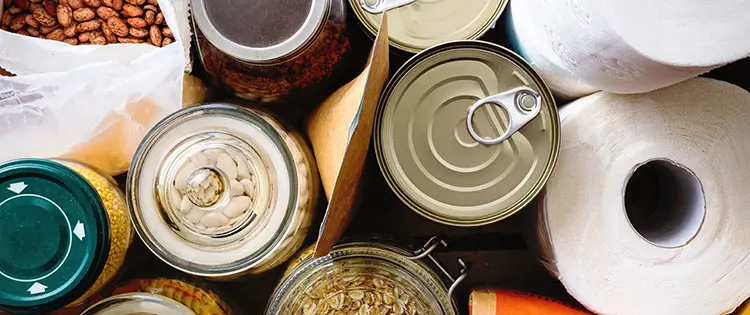
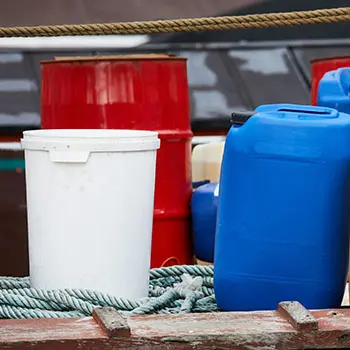
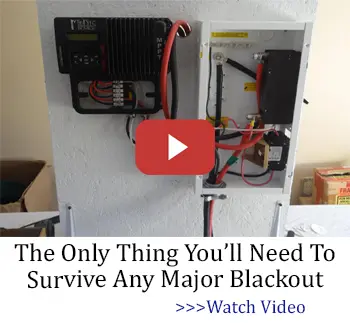

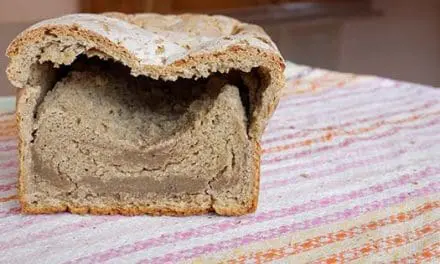

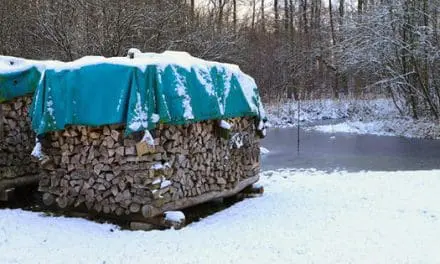
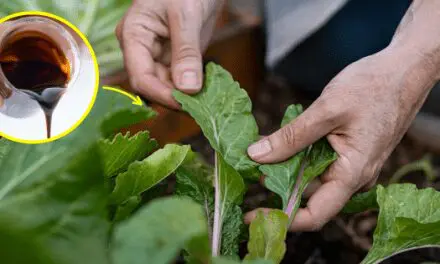








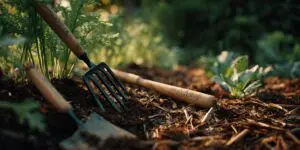
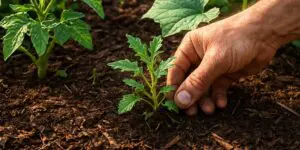
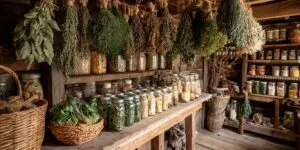
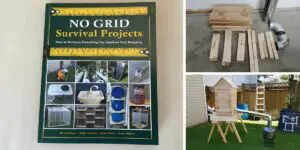
This is an an excellent article discussing as it does animal care . . . a concern too often overlooked. The article does not, however, mention LIGHTING. Check out The Non-Electric Lighting Series by yours truly. It’s an 8-book series (even though some of the Amazon pages say 3 books). Search Google for “lighting – ron brown) The titles are:
(1) Candles
(2) Olive Oil Lamps &c.
(3) Lamp Fuels
(4) Kerosene Lamps
(5) Coleman Gas Lanterns
(6) Kerosene Pressure Lanterns
(7) Propane for Preppers
(8) Alcohol Mantle Lamps
Just knowing that these books exist may prove comforting.
Really good article! I’ve made lists in my mind of what we need to get of what you described. Thank you!
We live on a barrier island in the Gulf of Mexico. Big time veterans of storms. Water? Rain barrels. We have 2. 55 gallons each. Just 2 of us and a dog. We lived 6-9 months/year for 22 year off the grid. We know how to do it. We could have 2 more rain barrels or put them in series for people like the author of this article. Cheaper to buy the blue barrels and make them into rain barrels. We have water jugs in the garage that will each old 6 gallons. Storm coming? Fill them and put them someplace “safe.” If we think there’s big wind coming, we drain the rain barrels, roll them into the garage or somewhere out of the wind where they won’t blow over- then fill them with the hose. I put a couple of capfulls of bleach in the barrels each month- They are outside now on their cement blocks and full from recent rain. Now into the dry season here. Every downspout can have a diverter and a barrel.
We have an extended pantry that I use.. Non-perishable food we will eat that I rotate…BUT- this is a biggie–under the guest bed are My Patriot Supply buckets. Enough for 3 months for 2. There are other brands that are fine. Those buckets are so reassuring to have. Worth every penny. Grab and go, too.
I have also stockpiled meds. I’m told fish antibiotics are better than nothing! I also have a case from Jase and one from TWC. Not the cheapest way to go, but what would you pay if you needed them. People with farms have access to all sorts of great meds that are ok for people. Every farm has ivermectin somewhere. Dosage is easy to figure.
We are not rich people. I stocked up over time. I only buy on sale for the most part. With the fragile electric grid- a couple of foldable solar panels and rechargeable batteries. Eneloop brand are rated highly. Get creative. Think.
Also, keep a Journal/Diary during a hurricane (or any disaster). We were out of power for about 5 days, but I have generators. Keeping a journal not only helps you mentally process the day and let go of some of the stress, but when it’s all over you can through and make a list of what you need to restock and a list of what you might need for next time, or need to do. I lost a roof vent that could have caused a lot of water damage (luckily it came off at the end of the storm when we only had wind and no rain), so now I’m placing large bins underneath each vent in the attack that can hold about 25 gallons of water each. If a vent comes off I’ll catch most if not all of the water – save my house and give me fresh rain water. I look at it as kind of an After Action Report.
Sorry for the typos “attic” not “attack”
I forgot to add water filters. I have Berkey filters. Again, there are other good brands out there. They keep indefinitely and don’t take up much room. Just use a coffee filter or some sort of material to strain out an big particles and then use the water filter. No need for chemicals or boiling.
I was without power for 4 days after Helene.
What I learned –I needed more canned protein, solar panels to charge a battery bank and more solar security lighting.
I did not see any police nor sheriff patrols. It was very quiet,since noone had power nor did I hear any dogs bark.
I took my solar security lights, the ones on a stake, and turned them away from my house to illuminate my front yard.
I bought a few 2 1/2 gallon water containers with a spout. I set one beside the kitchen sink and when washing hands pull the spout for running water. I catch all that gray water in an ice cream bucket and use that for soaking silverware or washing really dirty hands in as a prewash.
I also suggest freezing some gallon jugs of water. They make a good solid block of ice and melt slower than bagged ice. And when it is melted you have clean drinking water.